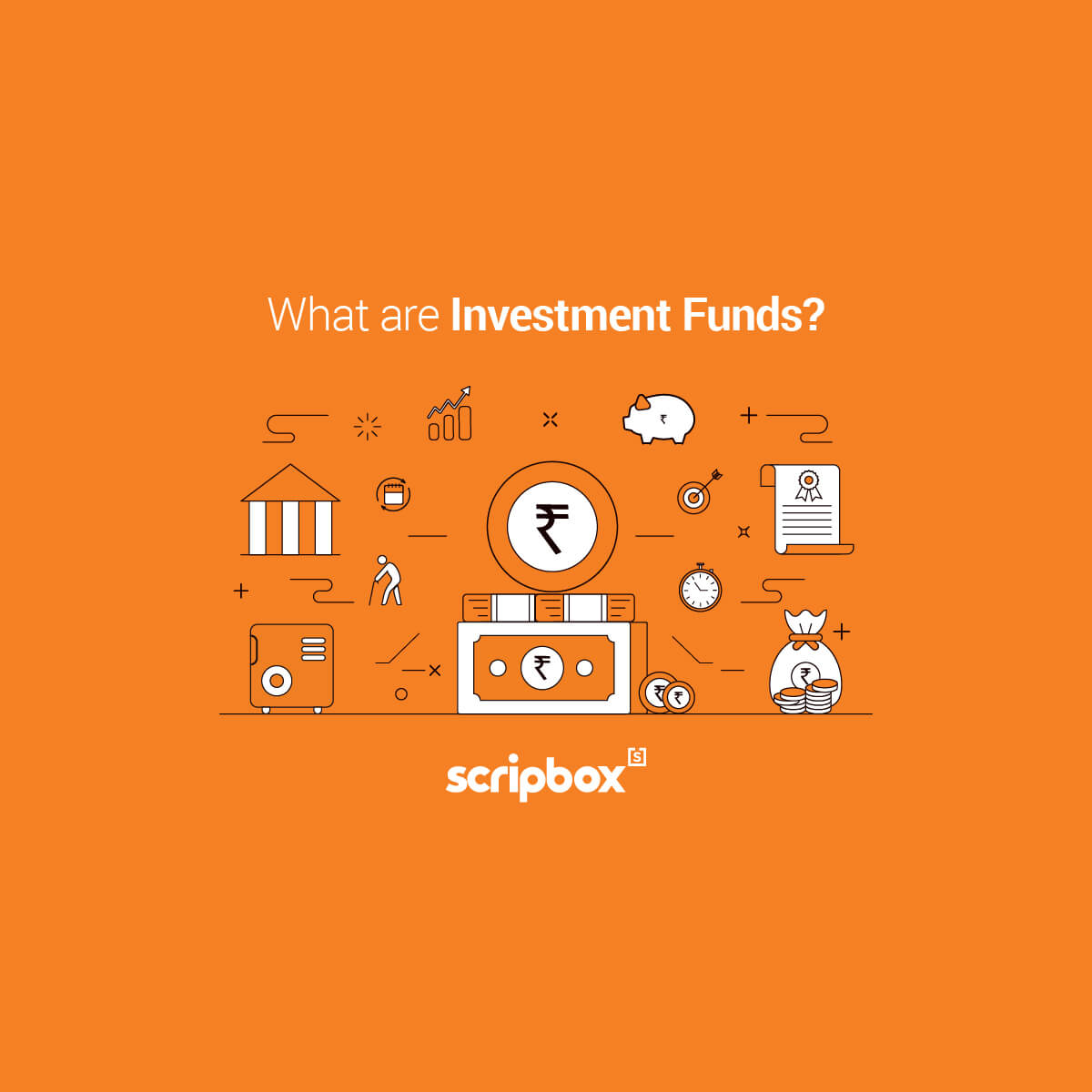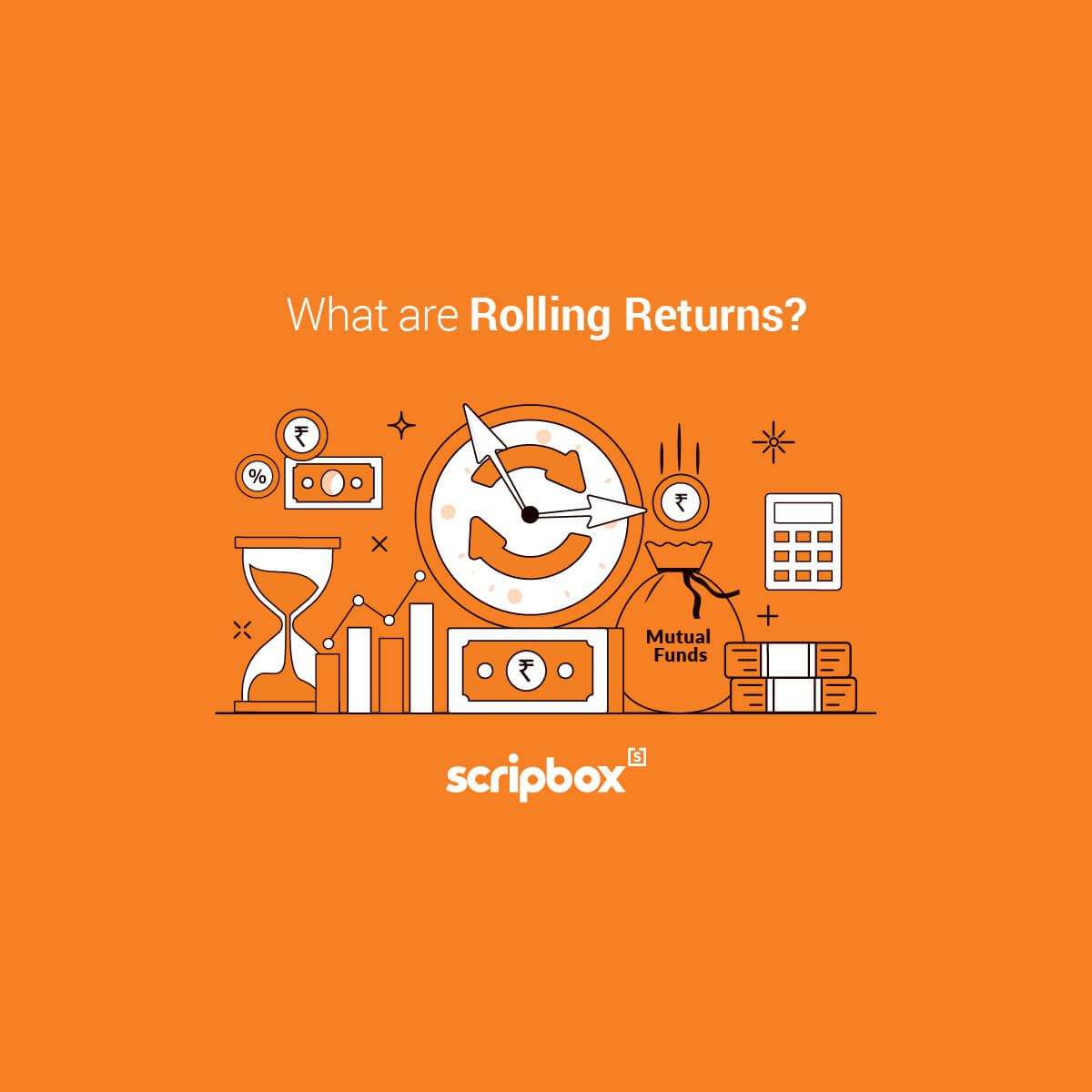The fund managers manage the mutual fund portfolio with extensive research and evaluation of voluminous data. There are different investment strategies that the fund manager uses on basis of fund objective. A mix of passive and active investing in mutual funds is quant funds. It uses more computerised quantitative analysis through artificial intelligence and machine learning. The fund manager only follows the model portfolio and monitors it.
What is a Quant Fund?
Quant funds are similar to quasi active, quasi passive investments. The fund manager takes charge of the eventual investment decisions. There are a set of rules and investment regulations that decide the course of action.
The set rules and regulations are mathematical and statistical techniques with automated algorithms. There is a possibility of judgemental calls. This algorithm produces an output of a templated portfolio, also known as a quant fund model portfolio. Along with algorithms and steps to be followed is called a quant model. The fund manager has to replicate the model portfolio periodically (monthly or quarterly). The fund manager only executes the incremental changes in the portfolio regularly. This approach is known as Quantitative Investing.
The fund manager’s primary role is to replicate the portfolio and monitor the fund’s performance. Also, it aligns the portfolio to the model outcomes. Moreover, the fund manager launches the quant fund only after much research and quant model testing and simulation. Hence the fund manager can also check the refinement of the portfolio over time as markets evolve.
Active fund investing is more like fundamental research and investing with a view on future growth. On the other hand, quantitative investing is about trend analysis, computing and statistical modelling of past data. Thus, it is closer to maths and science, which believe that results can be predictable and replicable.
Recommended Read: Capital Protection Funds
Best Quant Funds to Invest in India 2025
| Fund Name | AUM in Crores | Till Date CAGR | SIP Minimum | |
| Axis Quant Fund | 1305 Cr | 8.7% | Rs. 1000 | |
| DSP Quant Fund | 1370 Cr | 15.2% | Rs. 1000 | |
| Tata Quant Fund | 43 Cr | 2.3% | Rs. 1000 | |
| Nippon India Quant Fund | 35 Cr | 11.8% | Rs. 1000 | |
| ICICI Prudential Quant Fund | 65 Cr | 22% | Rs. 1000 |
Types of Quant Funds
Traditional mutual funds are classified based on market cap, investment style, sector or theme, etc. In contrast, quant funds are classified based on quantitative factors or statistical measures in the model. In India, the quant fund follows ‘single factor’ or ‘multi factor’ based models. These models are designed to filter the fund’s investment universe to a model portfolio based on these factors.
Generally, the process starts with selecting the market data (For e.g., NIFTY 500 companies) to decide for quant screens to start operating. The quant model is applied, which acts as a screener (filters to narrow down the 500 companies). It reduces the list of 500 companies to maybe 30 companies. The company are further ranked in order of strength of quant factor to deliver a model portfolio.
Single Factor Quant
This is the most common quantitative technique in India. They are traditionally built around these factors and expressed as-
- Ratios such as valuations – through P/E, P/B and dividend yield ratio, etc.
- Fundamentals like quality – through ROE and ROCE, etc
- Statistical phenomena like volatility – through standard deviation and beta
These factors vary for each company. Hence, the final model portfolio will feature only top companies. These companies are ranked and selected based on one of the above factors.
Multi-Factor Quant
Quantitative modelling improves better with the availability of quality market data. The models tend to become more complex by combining two or more factors together. These models are called multi-factor models. Hence, these models tend to deliver more satisfactory outcomes in terms of better returns and lower risk. Moreover, the fund house conducts extensive testing to see if these factors work together. They are also constantly monitored to fine tune them as more data emerges.
Features of Quant Based Funds
The following are the key features of quant funds –
Predictable results
Generally, the results are very predictable as the quant fund portfolio follows a standard model and process. Unlike the traditional mutual funds, these funds are not based on the market view of the fund manager and are not dependent on individual decisions.
No human bias
These funds tend to be very objective in approach and results. Thus, they are not prone to the behaviour bias of fund managers.
Scalable
Quant funds are designed with artificial intelligence and machine learning techniques. Also, the AMC launches these funds after a lot of testing and prototyping, which makes them prove their scalability. Also, the portfolio design is based on given markets and built to scale the market.
Past data analysis
Quant portfolio models are based on past data and statistical models proven over time. Therefore, any market disruption or unexpected variable movement may cause them to perform differently. It may deliver unfavourable and unpredictable results in such situations. For instance, irregularity of cash flows or false movement on account of wrong data inputs.
Black Box approach
Fund managers guard the portfolio model very closely and very rarely share the design or workings of the portfolio. They maintain secrecy for many reasons that may prove to be a black box for investors. Such funds lack transparency from traditional funds.
Benefits and Limitations of Investing in Quant Funds
The following are the benefits of investing in quant funds –
- These funds are based on objective decision making and eliminate human intervention. Also, there is a lower chance of errors than in traditional investing.
- This fund is a cost-effective option with low management fees because of its consistent and passive investment strategy.
- There is a greater risk control as it follows a specific investment model irrespective of dynamic market conditions.
- System based quant funds can handle massive real-time data for computations of asset allocation.
- These funds focus on actual sources of returns rather than investing in a favoured asset class. This ensures better risk management for the fund.
The following are the limitations of investing in quant funds –
- These funds are based on historical evidence and past performance. Also, some models do not consider unexpected circumstances. Hence, these funds do not guarantee returns.
- The quantitative model requires continuous testing to ensure that they work in optimal conditions.
- This model works on many assumptions through an artificial intelligence approach. Sometimes these assumptions do not work if the market conditions change suddenly.
Who Should Invest in Quant Funds?
Quant funds are suitable for investors with a long term investment horizon because of the fund investment strategy. It involves a systematic data-driven approach that ensures objective decision making. Also, the strategy of these funds may take time to reap benefits. Thus, investors can add these funds to diversify their mutual fund portfolio.
Investors assume that these funds can easily provide high returns. However, they do not guarantee returns. Eliminating human bias does not assure that the fund will perform well. These funds are based on past performance and other factors, which is not a reliable predictor for future results. Therefore, investors seeking to invest in quant funds must understand the degree of maths and programming.
Preferences for investing in mutual funds vary depending on the investors. The fact is that every fund is worthy of investing in if it matches your financial goals. Therefore, you must conduct proper market research and make informed decisions. Also, you must consider your risk tolerance levels and investment horizon while investing.
Explore: Emerging Market Funds
Calculate: Quant small cap fund sip calculator
- Confused if your portfolio is performing right enough to meet your goals?
- How long have you been investing in mutual funds?
- What is your current portfolio size?
- What is your approximate annual household income?
- Your profile does not qualify for a call with a Financial Expert.
- What is a Quant Fund?
- Best Quant Funds to Invest in India 2025
- Types of Quant Funds
- Features of Quant Based Funds
- Benefits and Limitations of Investing in Quant Funds
- Who Should Invest in Quant Funds?























Show comments